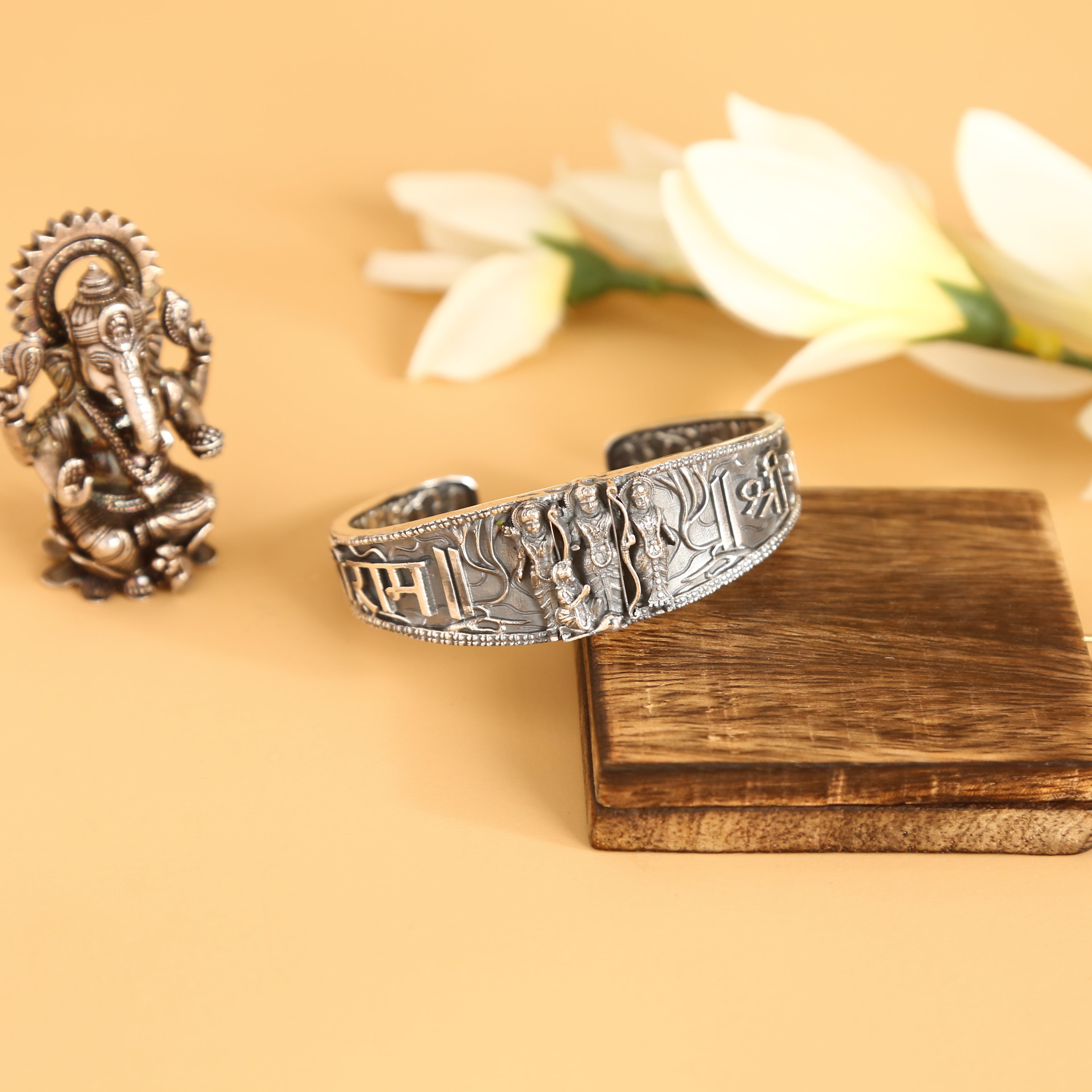In the stillness before time was born, there was only one presence—Shiva.
Who is Shiva? He is not just a deity sculpted in stone or a character from ancient scriptures. He is the beginning that has no beginning, and the end that never ends. He is space, silence, and supreme stillness—beyond form, beyond thought, beyond identity.
The Unmanifest Source
Shiva is often called Adi Yogi—the first yogi—because he is the origin of spiritual wisdom. In deep meditation, seated in absolute stillness upon Mount Kailash, he radiates the knowledge of the cosmos without uttering a word. He is Dakshinamurthy, the silent teacher. His message is not spoken, but felt in the core of one’s being.
In the Shiva Purana, he is Mahadeva—the Great God who holds creation, preservation, and destruction within himself. But Shiva is not bound to myths. He is the Tattva—the principle—that underlies everything. When you close your eyes and go inward, when thoughts dissolve, what remains… is Shiva.
The Sacred Symbols of Shiva
Shiva’s symbols are layered with spiritual meaning:
-
Trishul (Trident): Represents the mastery over body, mind, and energy.
-
Third Eye: The eye that sees truth beyond appearances.
-
Crescent Moon: Sign of time under his control.
-
Ash-Smeared Body: A reminder that all forms return to dust.
Most iconic of all is the Shivlinga—a symbol not of worship alone, but of the infinite. Found in temples like Kashi Vishwanath, Somnath, and Kedarnath, the Shivlinga represents the union of the masculine (Shiva) and the feminine (Shakti), consciousness and energy, silence and movement.
Why Devotees Wear Shiva Pendants
Wearing a Shiva pendant is not about ritual—it is about remembrance. It is to carry the essence of detachment, fearlessness, and deep inner stability close to your heart. Whether it is Rudra’s fire or Bholenath’s compassion, the pendant becomes your anchor, a silent guide through life’s chaos.
Made in pure silver, these pendants are crafted to embody the raw, divine energy of Shiva.
🕉️ Explore the collection and find the one that speaks to your soul.
Because Shiva is not something you worship outside.
Shiva is the truth waiting to be realized within.




